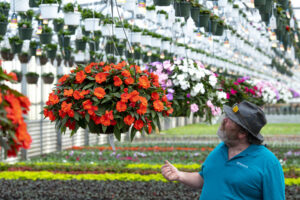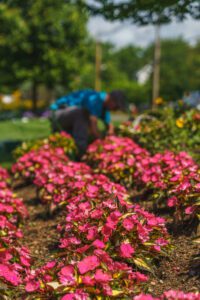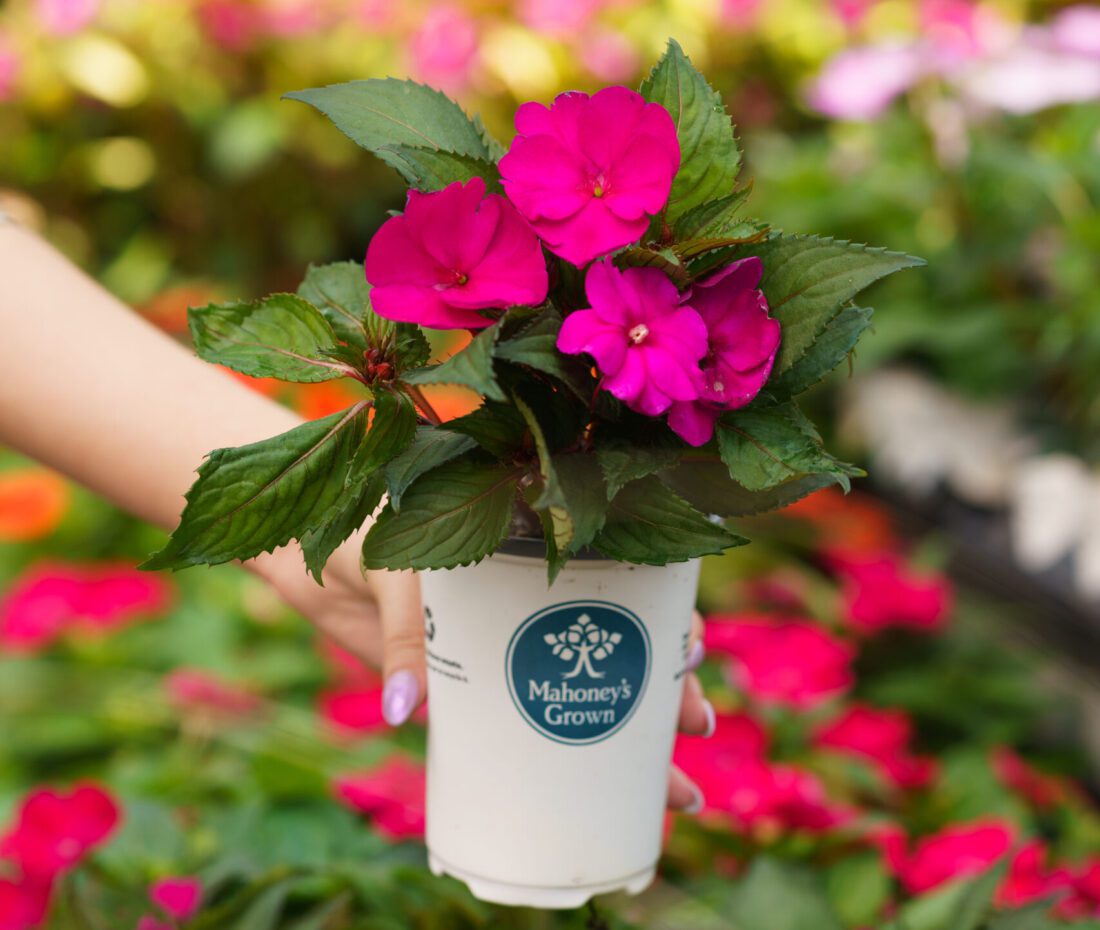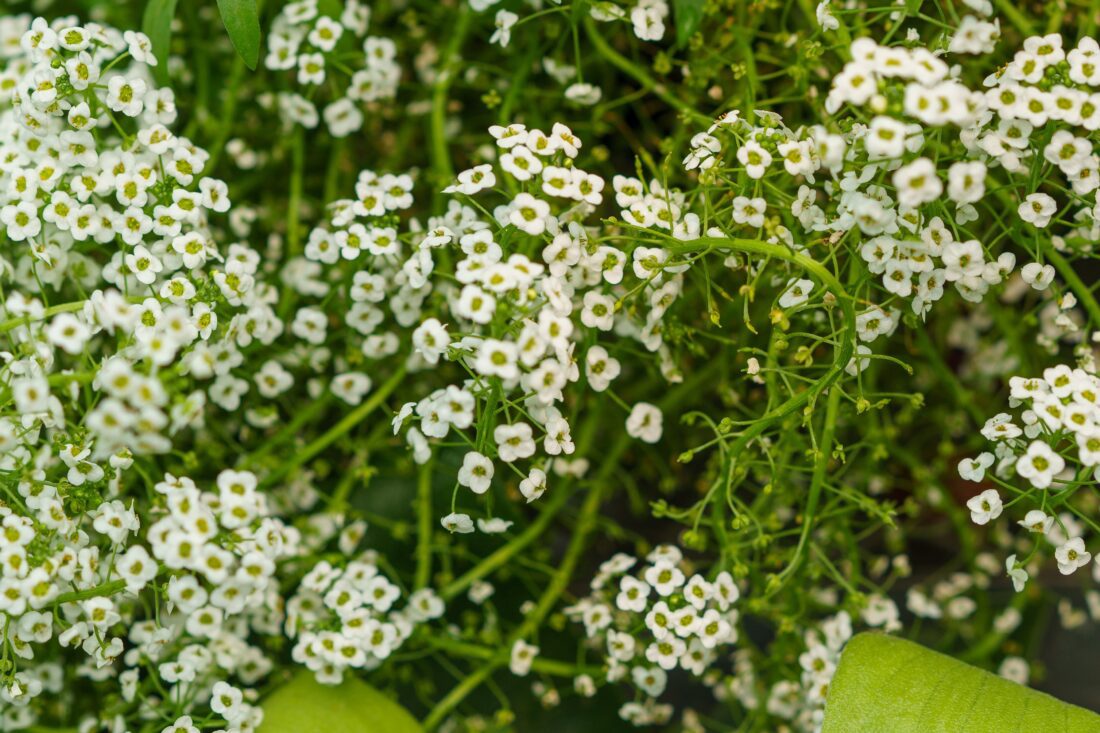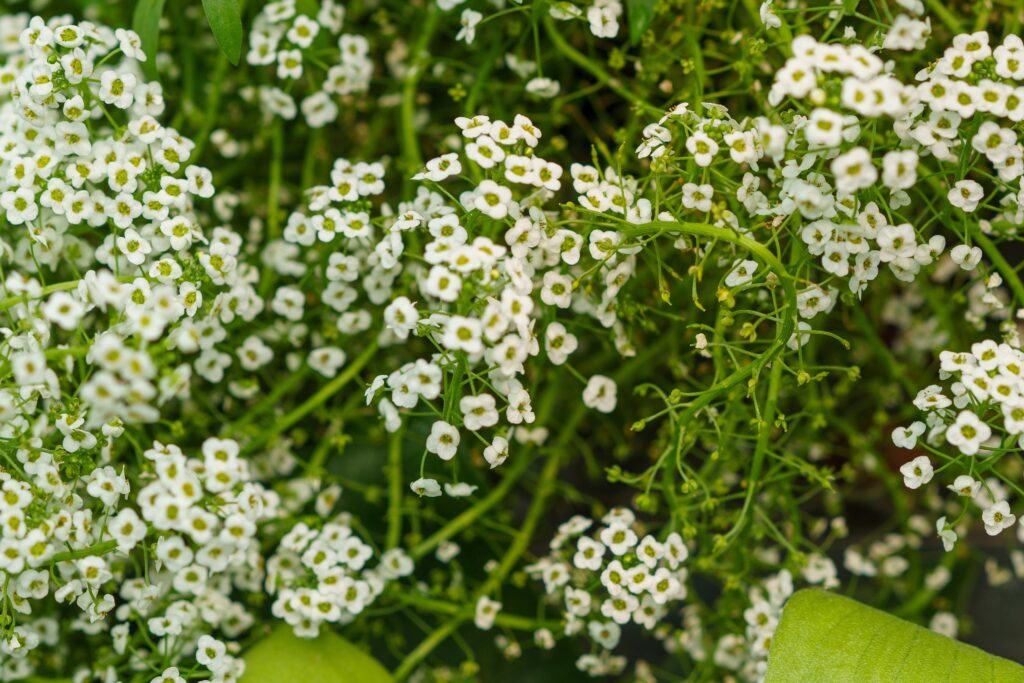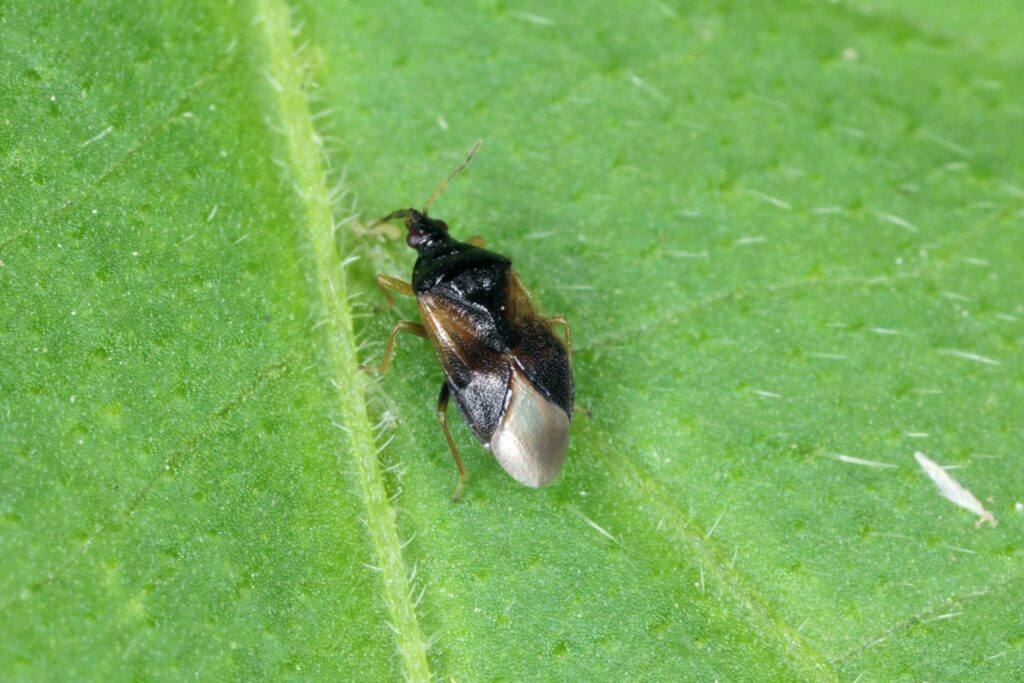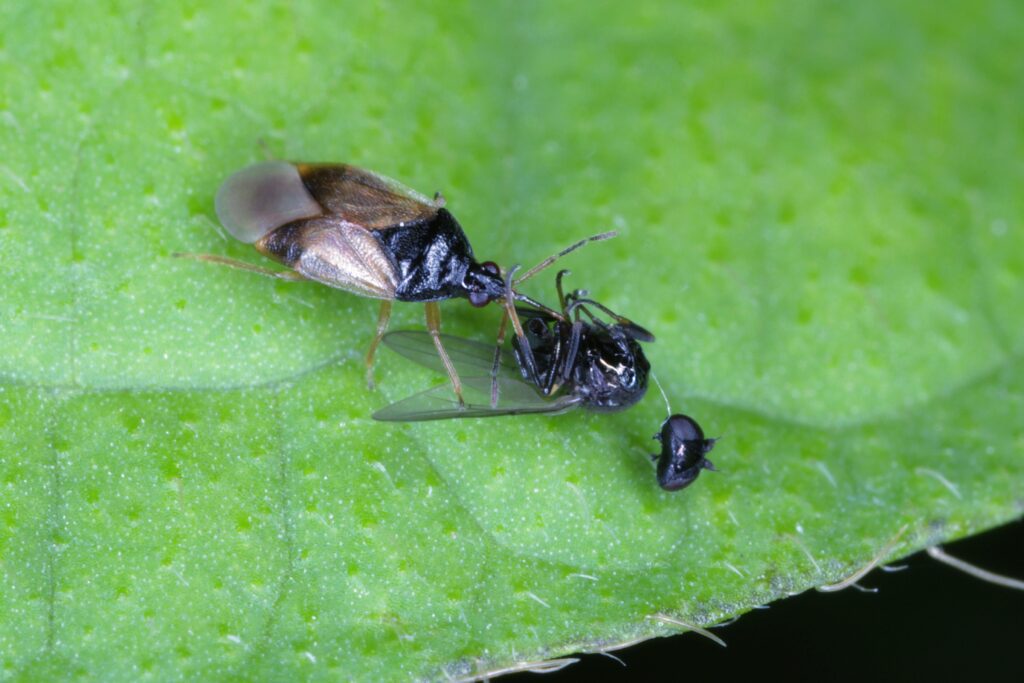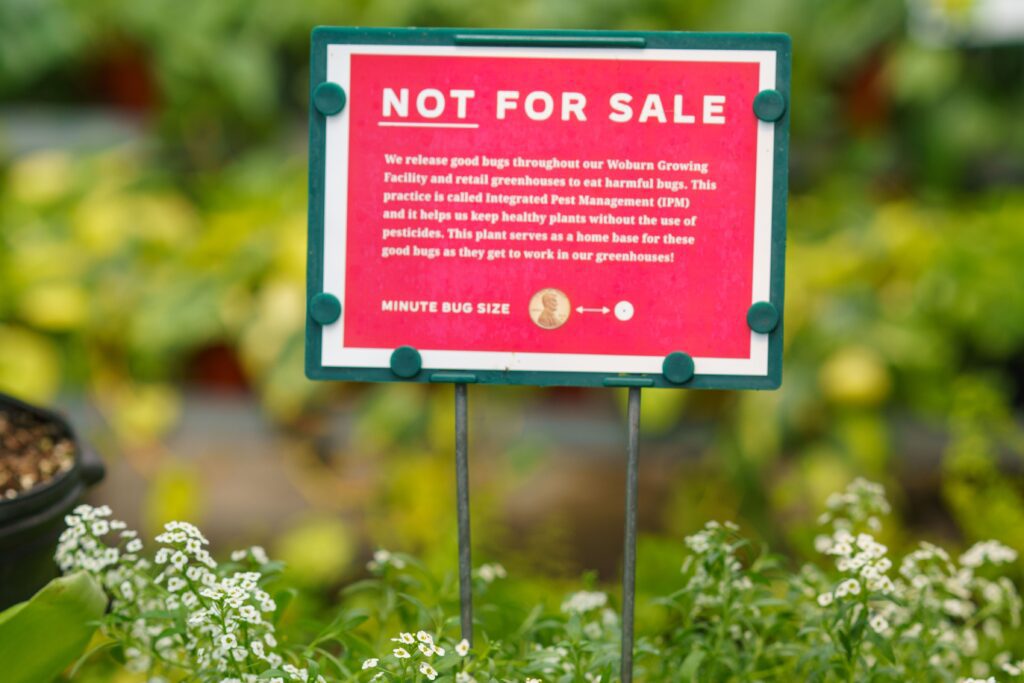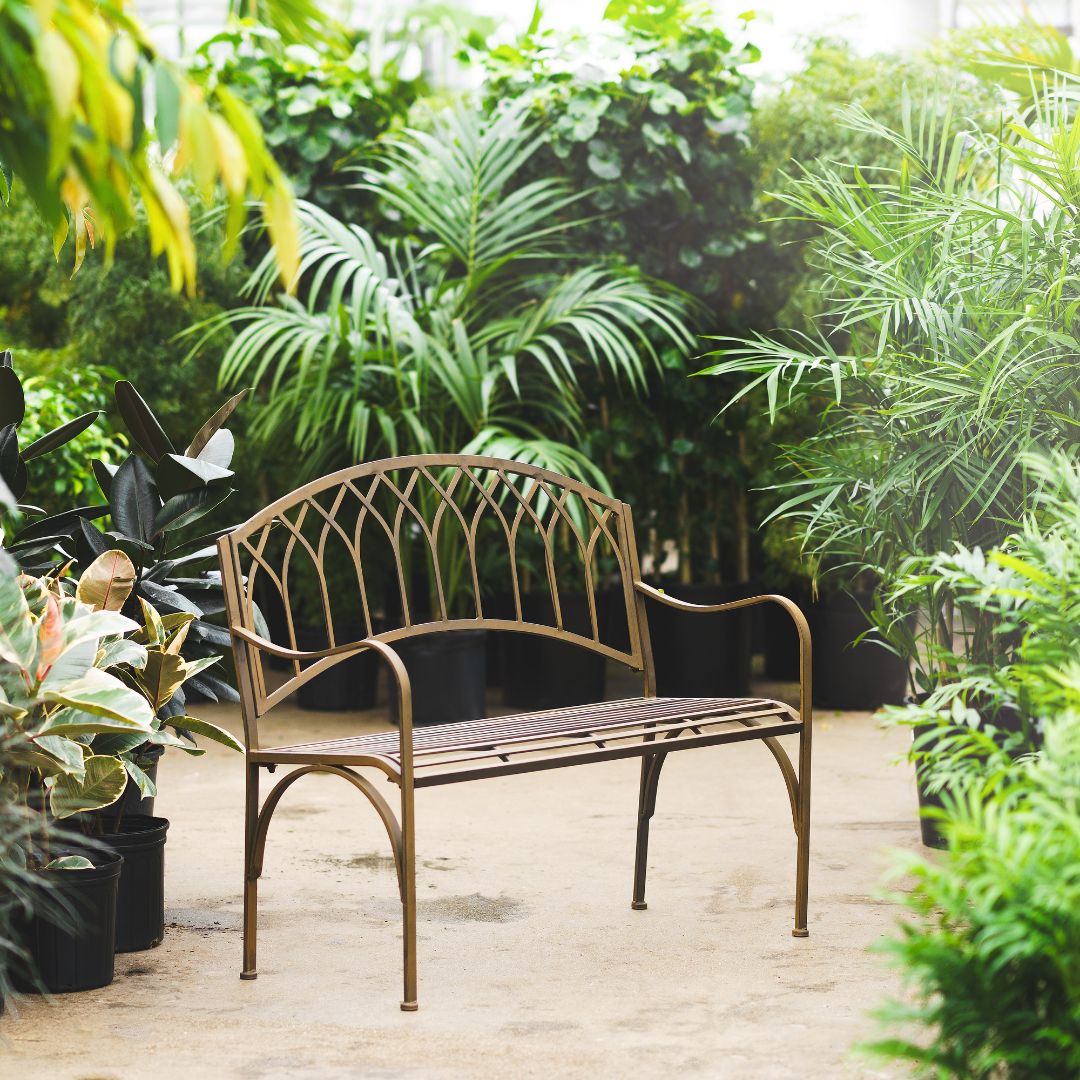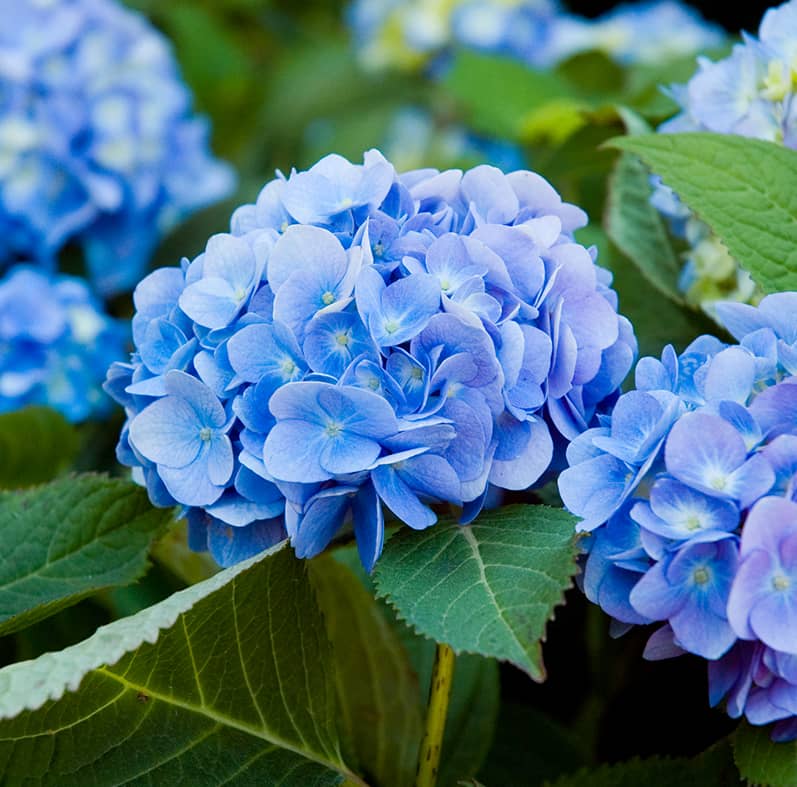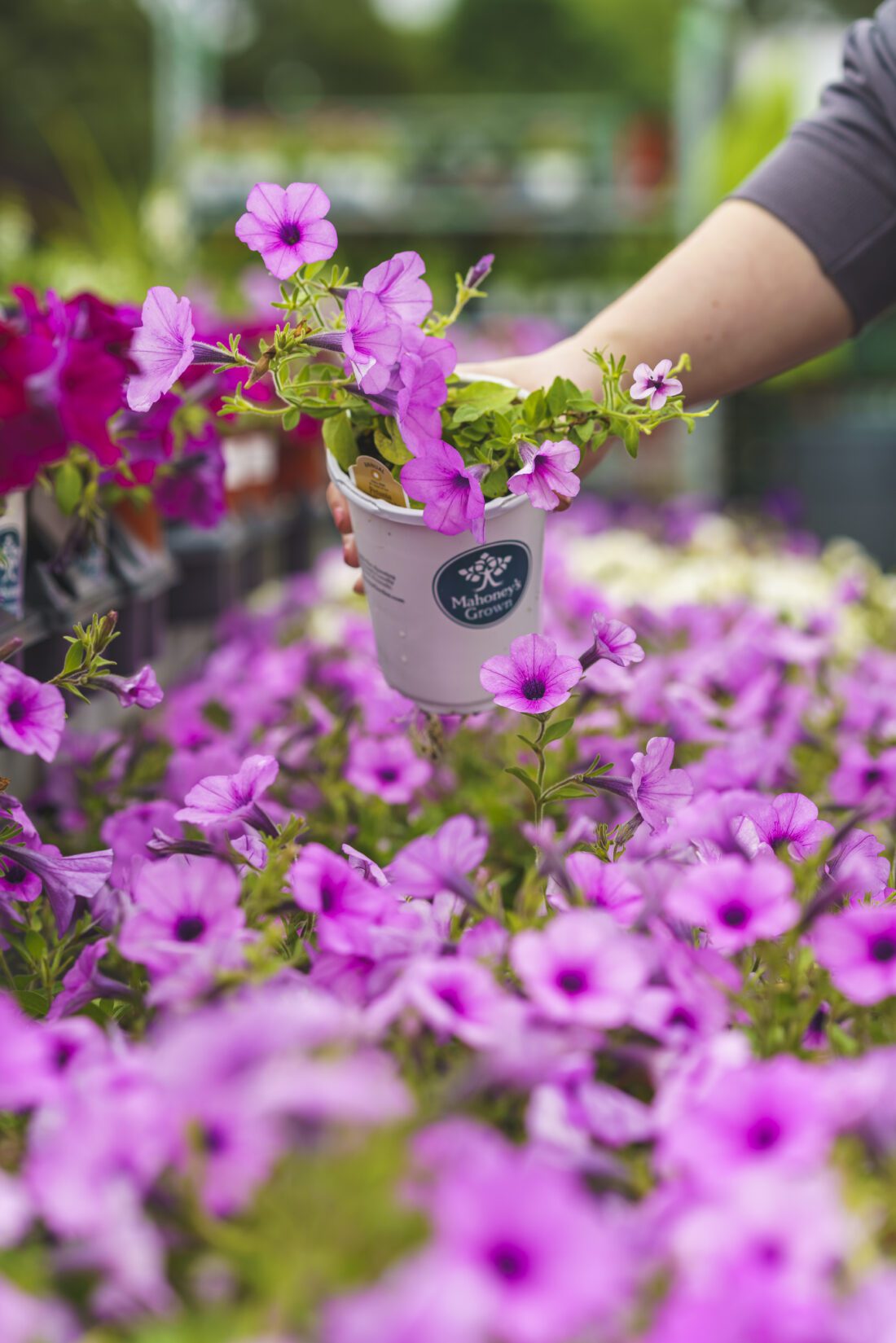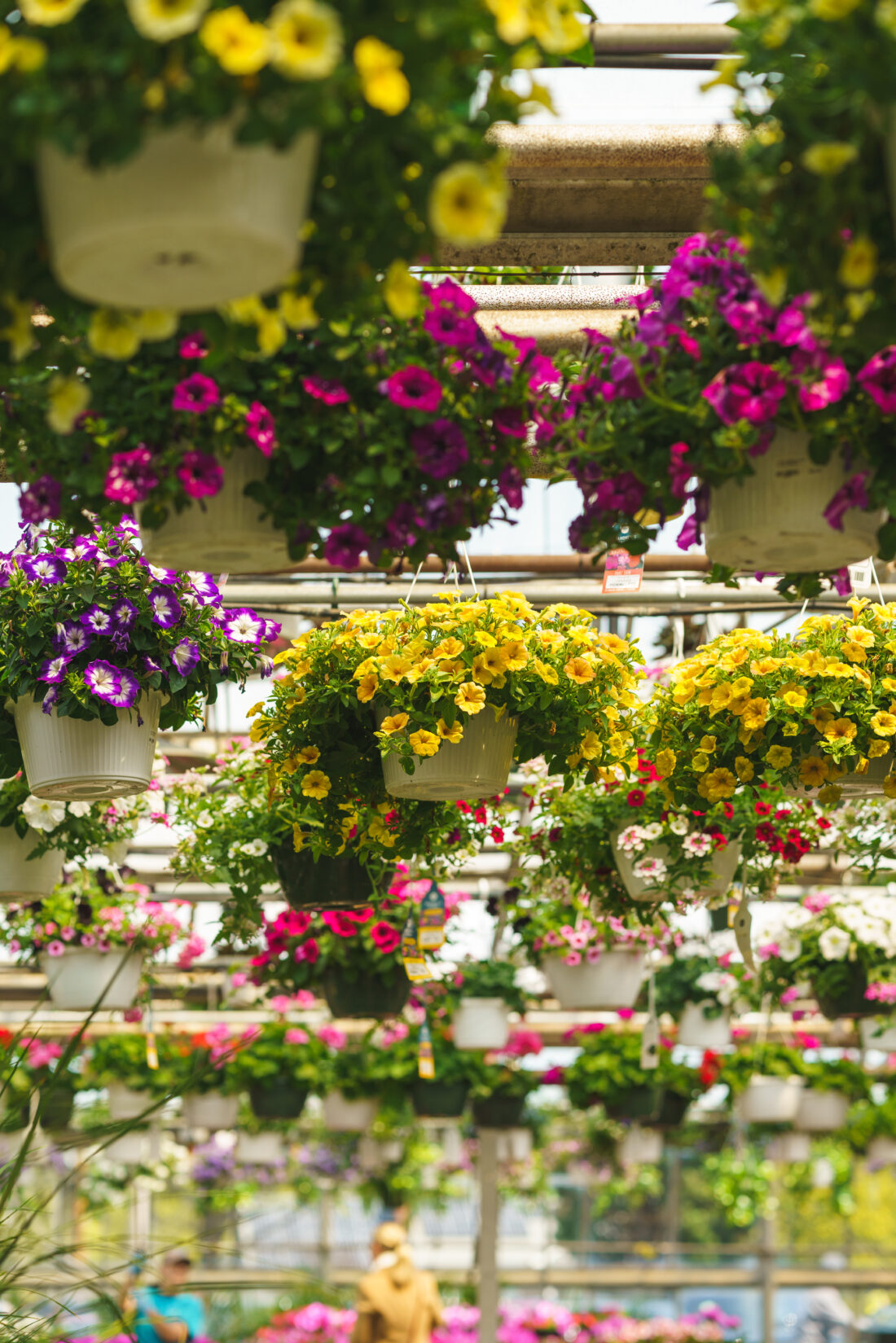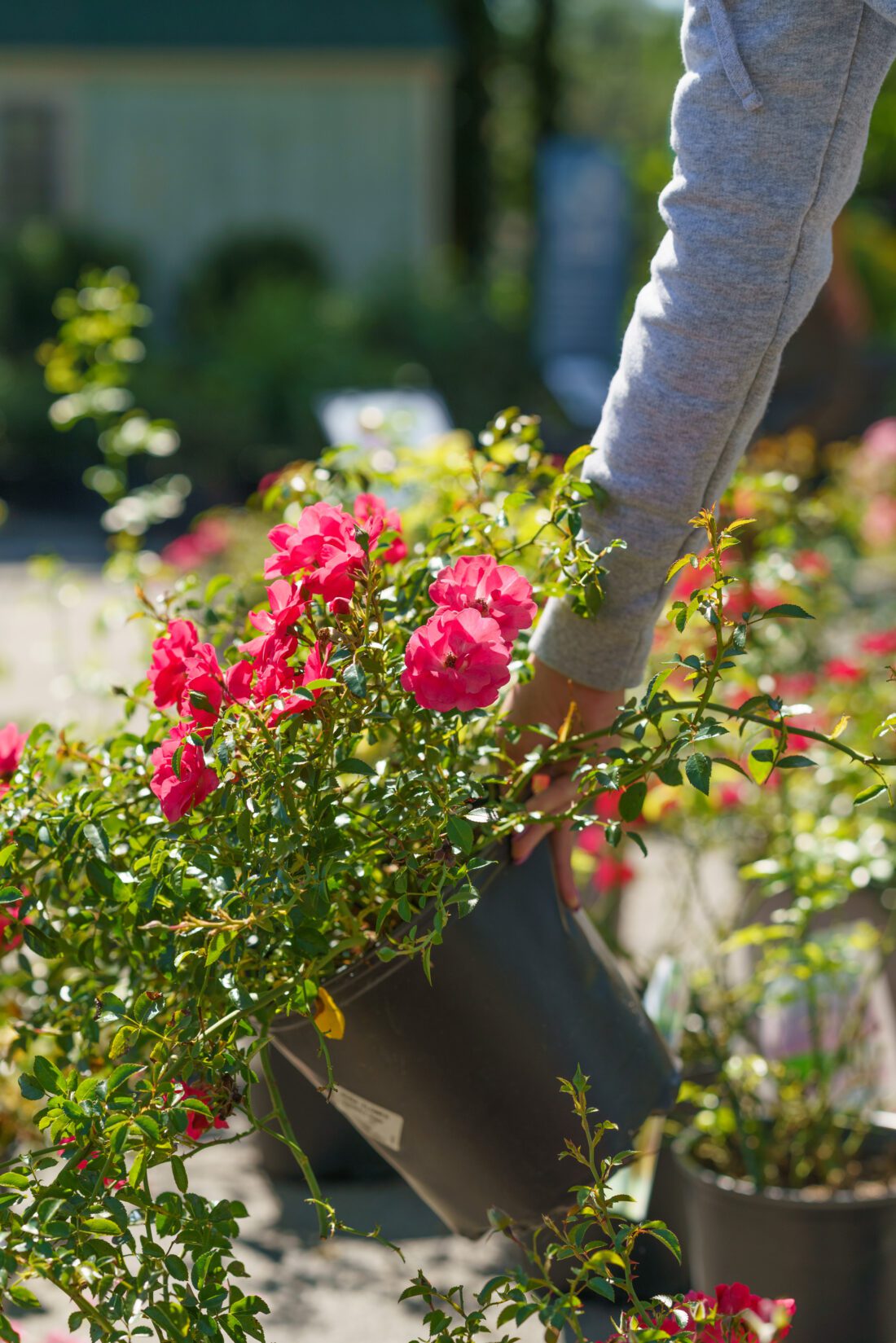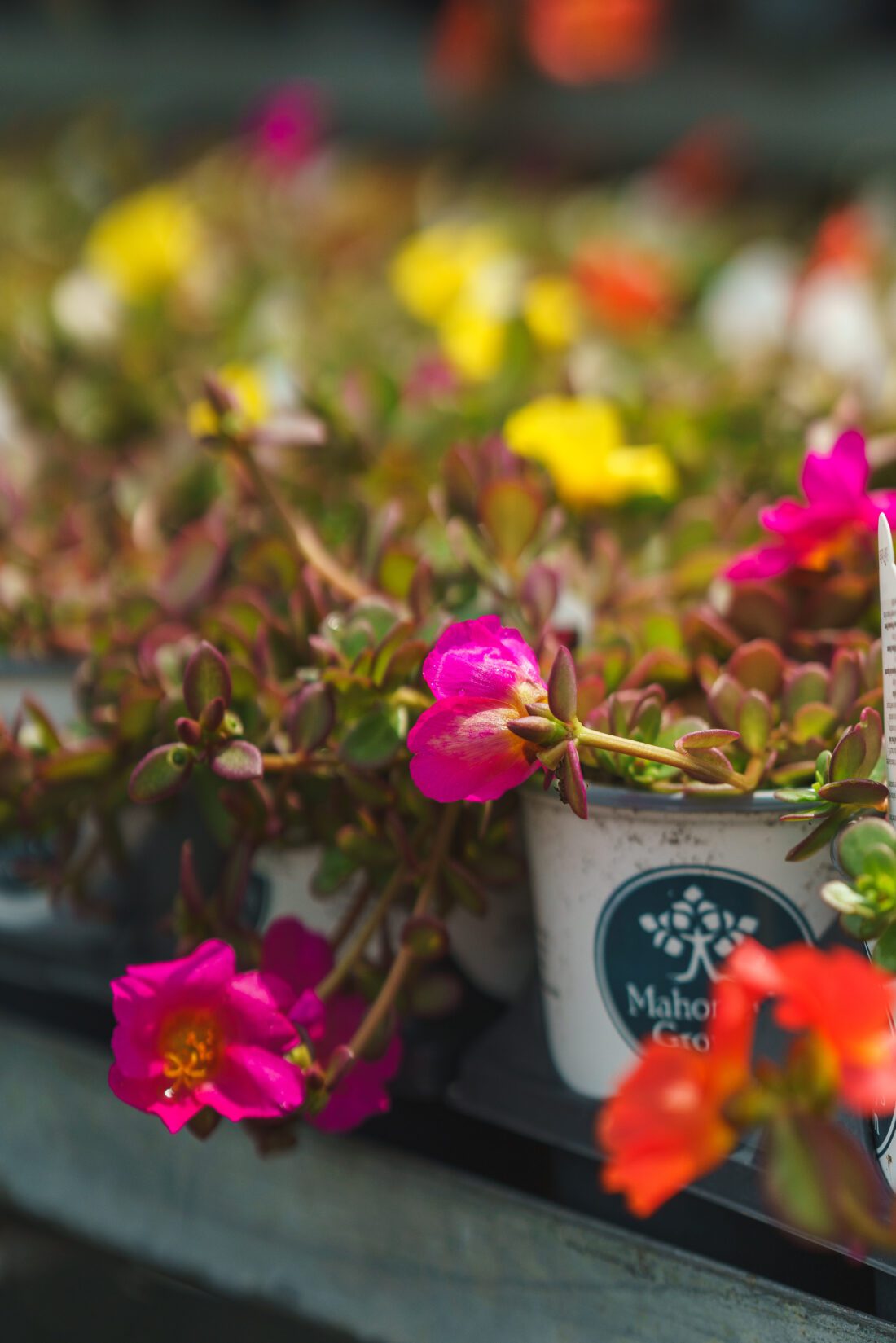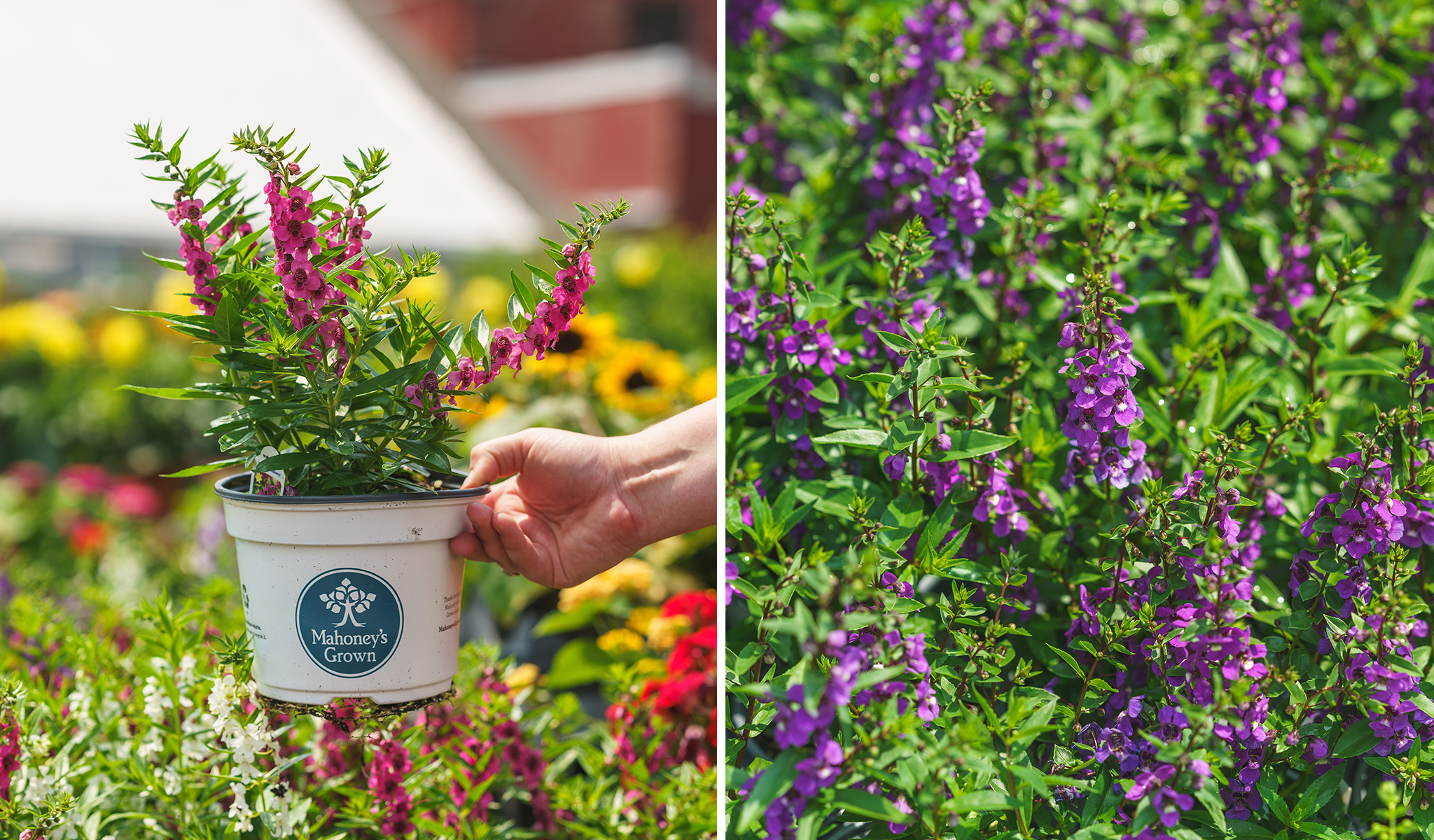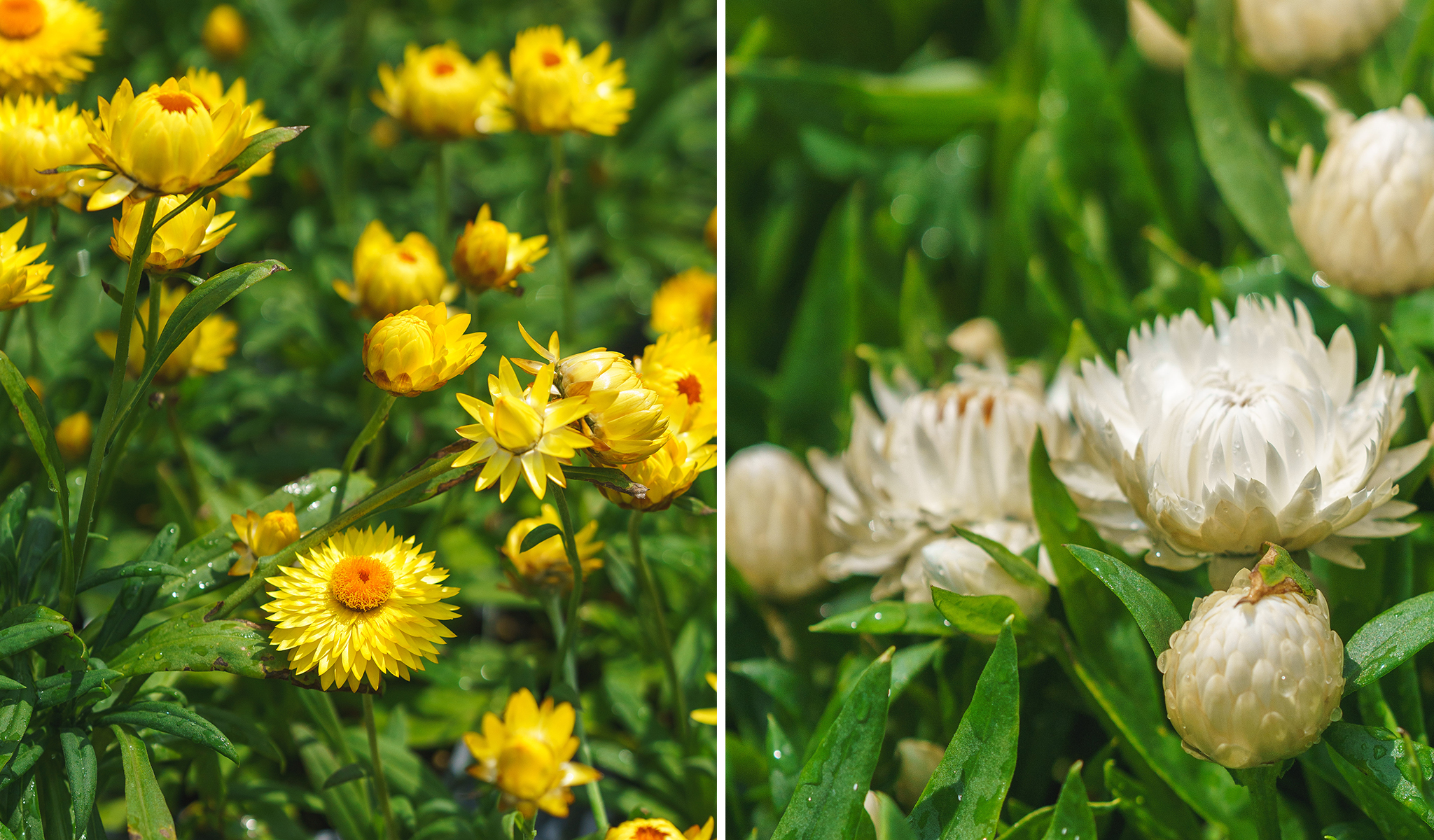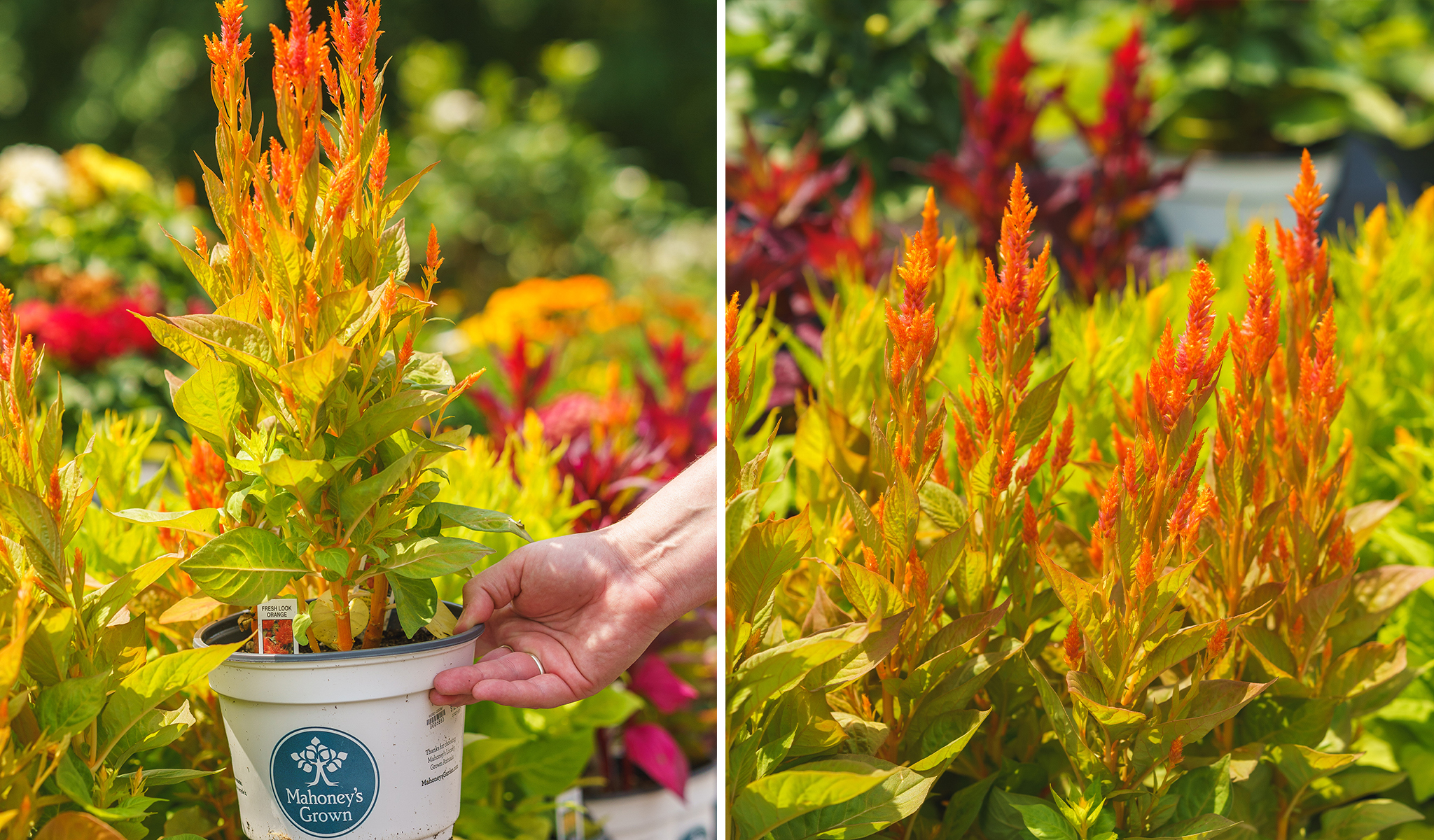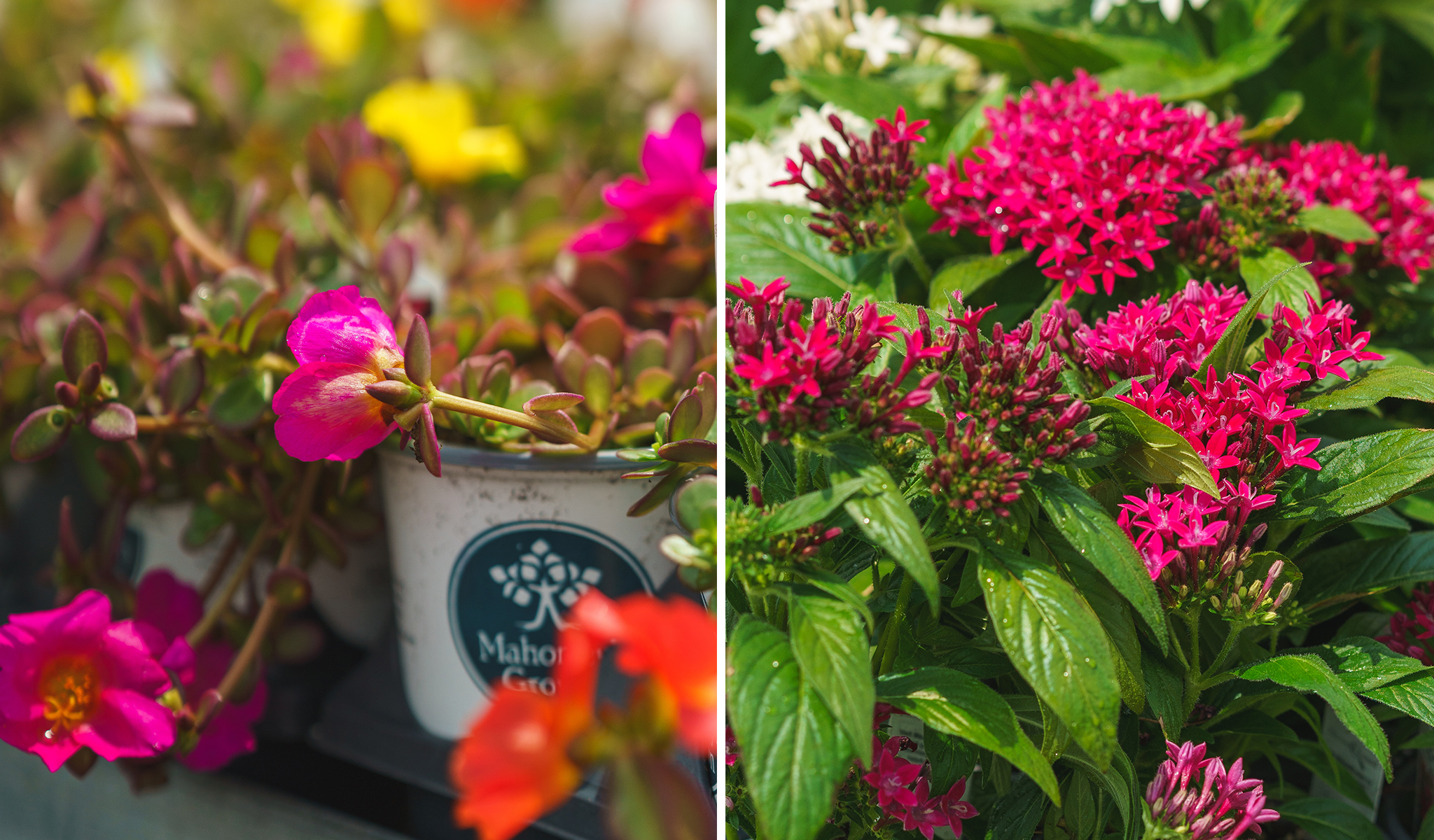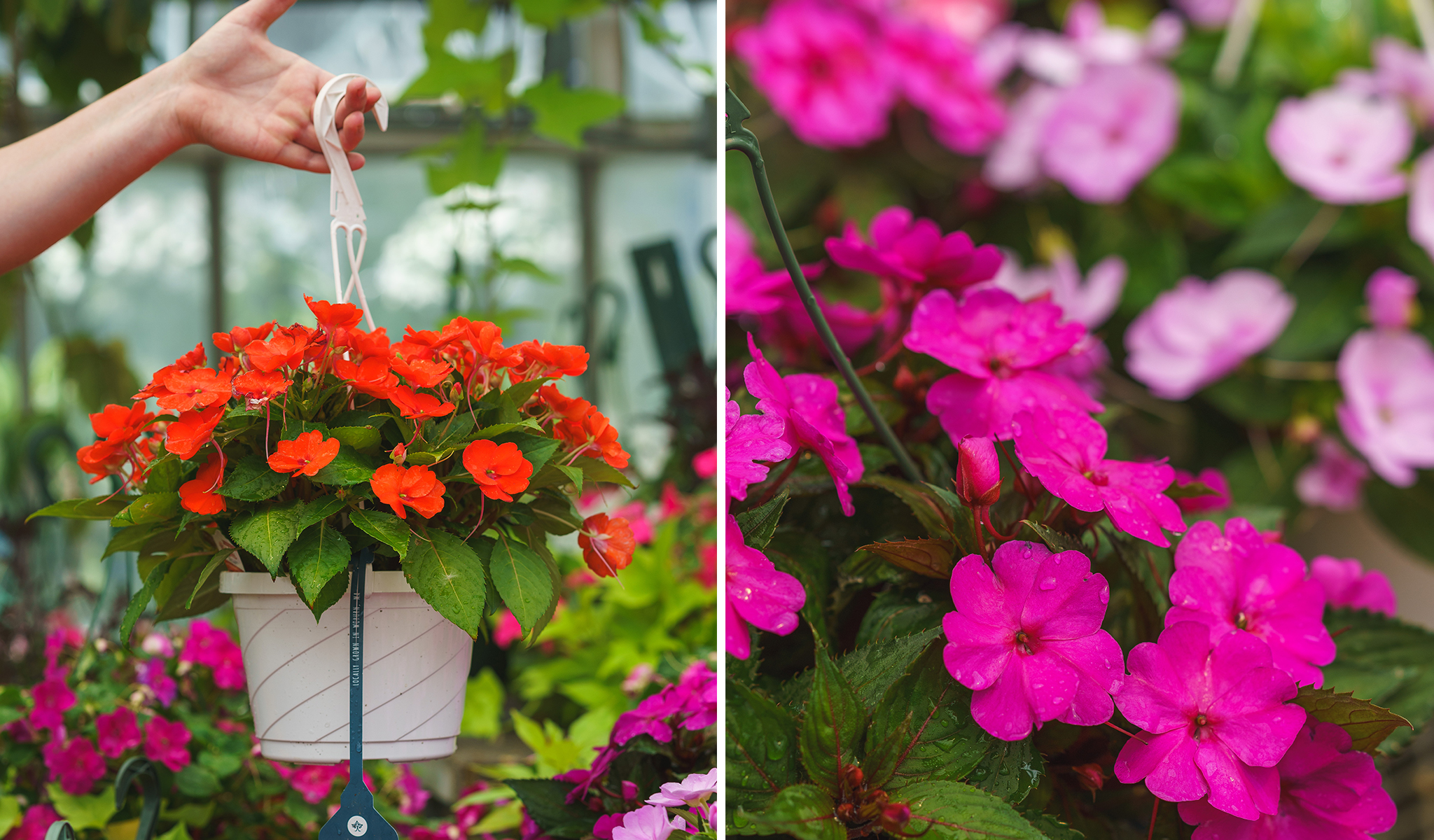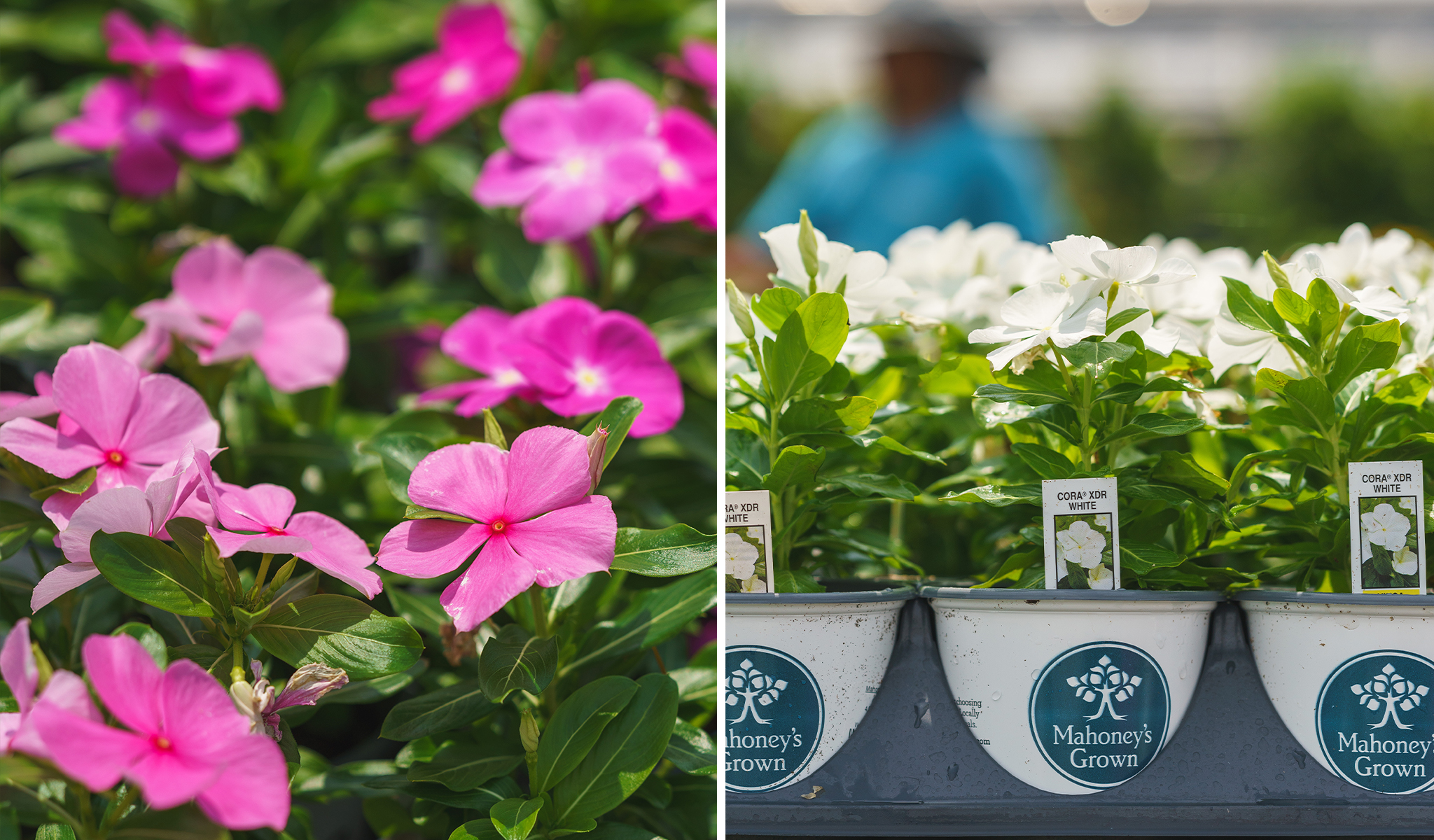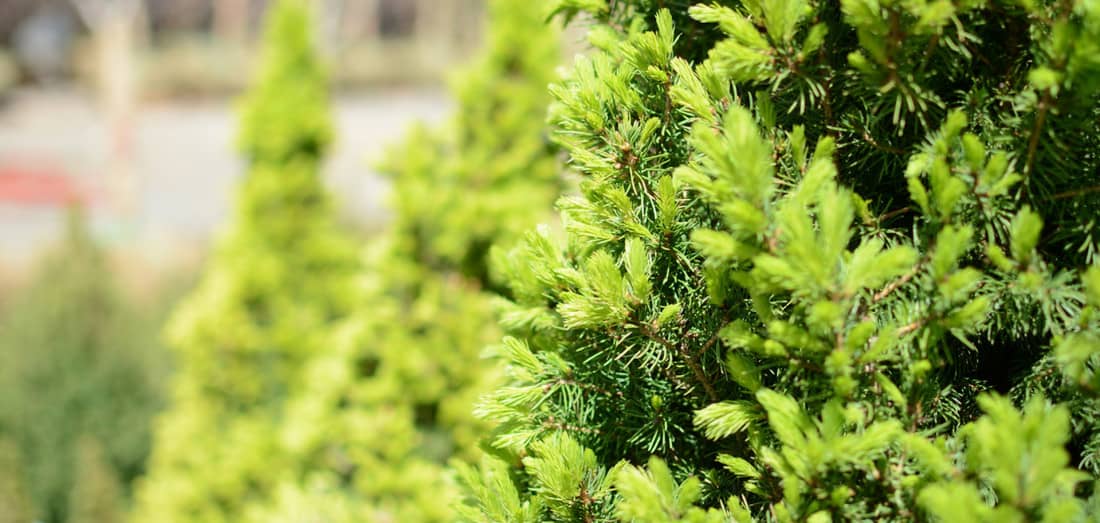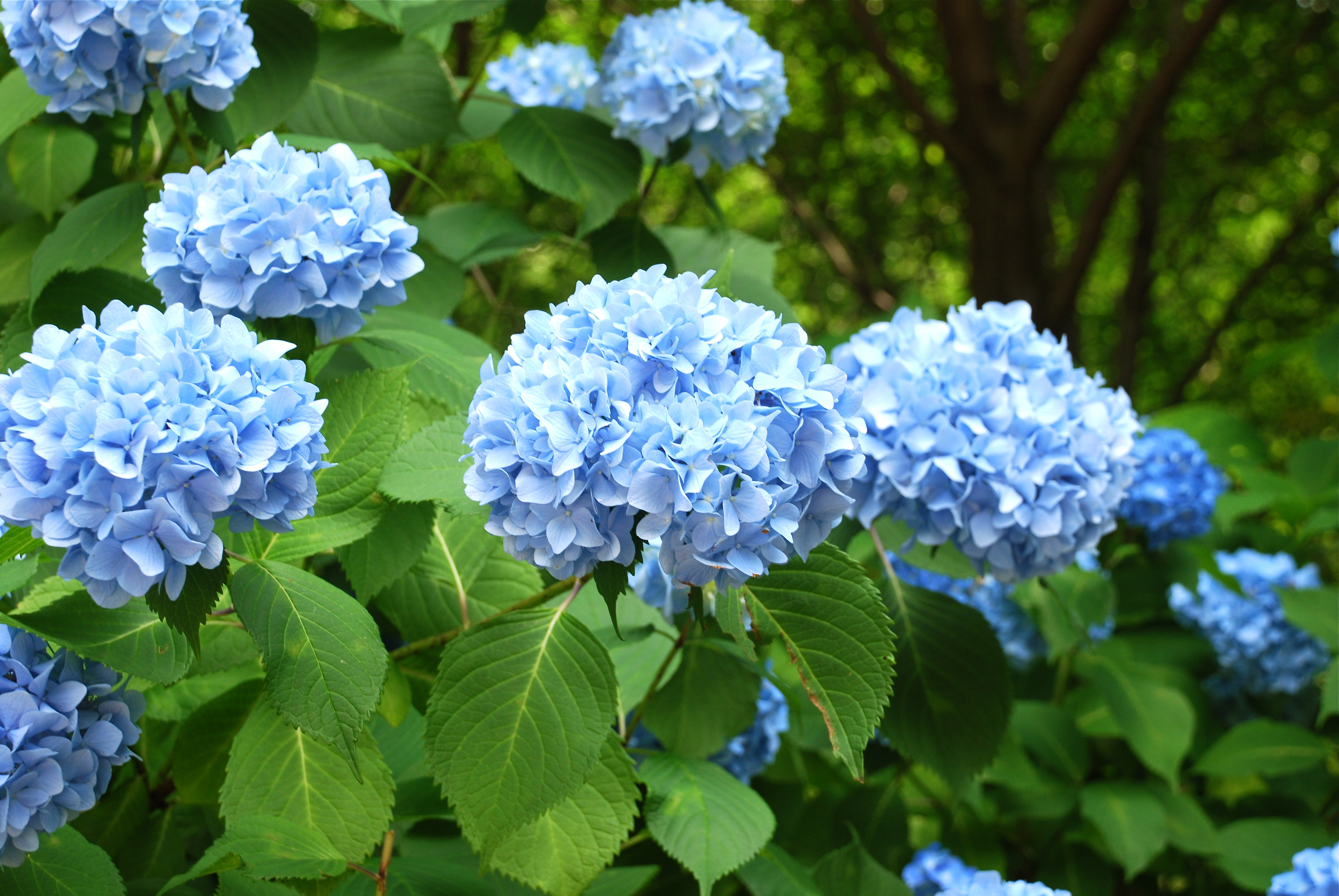
Hydrangea macrophylla
Hydrangeas are a beloved and iconic flower that has graced the gardens and landscapes of Massachusetts for centuries. These beautiful and versatile plants have a rich history in the state, and their presence has become deeply intertwined with the cultural and natural landscape. In this blog post, we will take a journey through time to explore the fascinating history of hydrangeas in Massachusetts, from their introduction to their role in local horticulture.
Early Introductions
Most hydrangeas (with the exceptions of some smooth and oakleaf hydrangea varieties) are native to East Asia and were not originally found in the Massachusetts landscape. They made their first appearance in North America in the early 18th century. As trade and colonial expansion brought exotic plants to the New World, hydrangeas found their way into American gardens. The first introductions are believed to have taken place through the port of Boston, where these captivating plants found fertile ground for growth.
Notable Varieties
Hydrangeas come in a wide variety of species and cultivars, but a few have found particular favor in the gardens of Massachusetts. The most iconic among them is the Bigleaf Hydrangea (Hydrangea macrophylla). This hydrangea is known for its striking mophead and lacecap blooms, which can be found in shades of blue, pink, or even white, depending on the soil’s pH level. Their vibrant colors have made them a cherished addition to many gardens, especially along the Cape Cod coast.
Cultural Significance
The hydrangea has not only left its mark on the horticultural landscape of Massachusetts but has also become a symbol of the state’s charm. This beloved flower is often associated with New England, known for its picturesque coastal towns and historic homes. You’ll frequently find hydrangeas adorning the exteriors of traditional Cape Cod-style houses, adding to the region’s allure. The robust, yet delicate appearance of hydrangeas is an embodiment of the enduring beauty of Massachusetts.
Hydrangeas also hold symbolic meanings, often associated with grace, beauty, and abundance. They are frequently used in floral arrangements and landscaping for their lush, showy blooms.
Cape Cod: A Hydrangea Haven
One of the most remarkable chapters in the history of hydrangeas in Massachusetts is their connection to Cape Cod. The Cape’s temperate climate, sandy soils, and coastal influences create an ideal environment for these flowers to thrive. Cape Cod has become a haven for hydrangea enthusiasts, with numerous gardens and nurseries dedicated to these beautiful blooms.
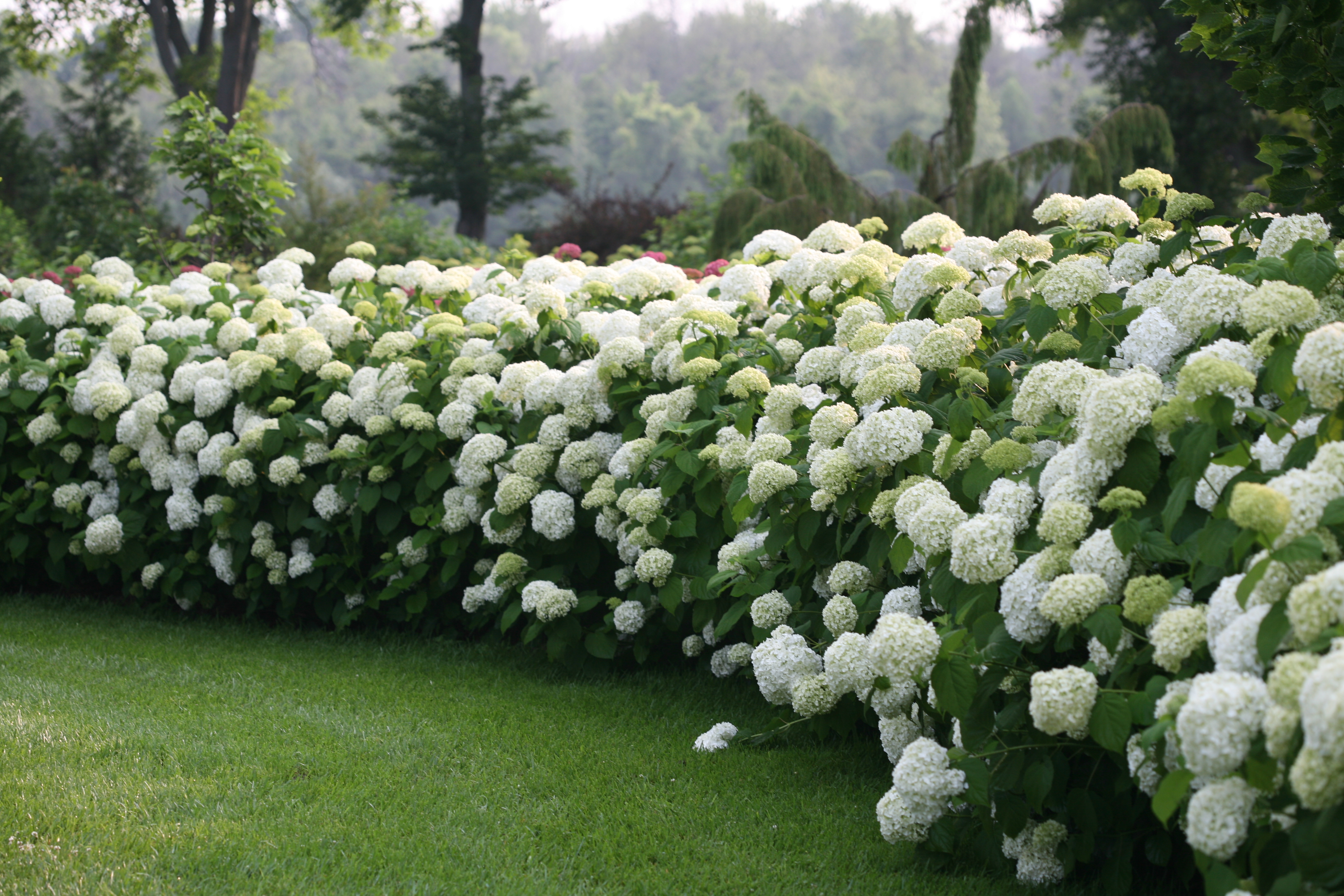
Cape Cod Hydrangea Festival
The Cape Cod Hydrangea Fest is a delightful celebration of one of the region’s most beloved flowers. The festival began in 2014 as a collaborative effort among local gardeners, nonprofit organizations, and businesses on Cape Cod.
This year, visitors can look forward to a colorful array of garden tours across Cape Cod, showcasing stunning hydrangea displays in private gardens not usually open to the public. It’s a perfect opportunity for both enthusiasts and casual admirers to explore different hydrangea varieties and gather gardening tips from experts. Or, you could swing by the Heritage Museum & Gardens and look at one of their many exhibits, take part in some of their festival activities or explore their gardens filled with rhododendrons, daylilies, hydrangeas and more!
Additionally, the festival includes workshops, art exhibits, and talks by horticulturalists, ensuring there’s something for everyone to enjoy. Whether you’re a local resident or visiting Cape Cod for the first time, the Hydrangea Fest promises a memorable experience immersed in natural beauty and community spirit.
Come swing by Mahoney’s in Falmouth July 5th to participate in our Bloomin’ Easy Day for some hydrangea-centric activities and for the chance to win a gift card!
Changing Traditions
As times change, so do gardening practices. While hydrangeas have long been cultivated in traditional gardens, they are also finding their way into more modern landscapes. Gardeners in Massachusetts are experimenting with these plants in various settings, from cottage-style gardens to contemporary designs. With an ever-expanding array of hydrangea cultivars, gardeners have more choices than ever, allowing them to create unique and striking landscapes.
Challenges and Preservation
Hydrangeas have thrived in Massachusetts for centuries, but they are not without their challenges. As the climate changes, gardeners must adapt to different growing conditions. Hydrangeas are susceptible to extreme weather events, pests, and diseases, which require vigilant care to preserve their beauty and vitality. Learn about caring for these beauties with on our Hydrangea resource page!
The history of hydrangeas in Massachusetts is a colorful and enduring one. From their initial introduction to their prominent place in gardens and landscapes, these flowers have become a symbol of the state’s natural beauty and charm. Whether adorning historic homes along the Cape or adding a touch of elegance to modern gardens, hydrangeas continue to captivate the hearts of Massachusetts residents. Their rich history and ongoing popularity ensure that these beloved blooms will remain a vibrant part of the state’s horticultural heritage for years to come.
